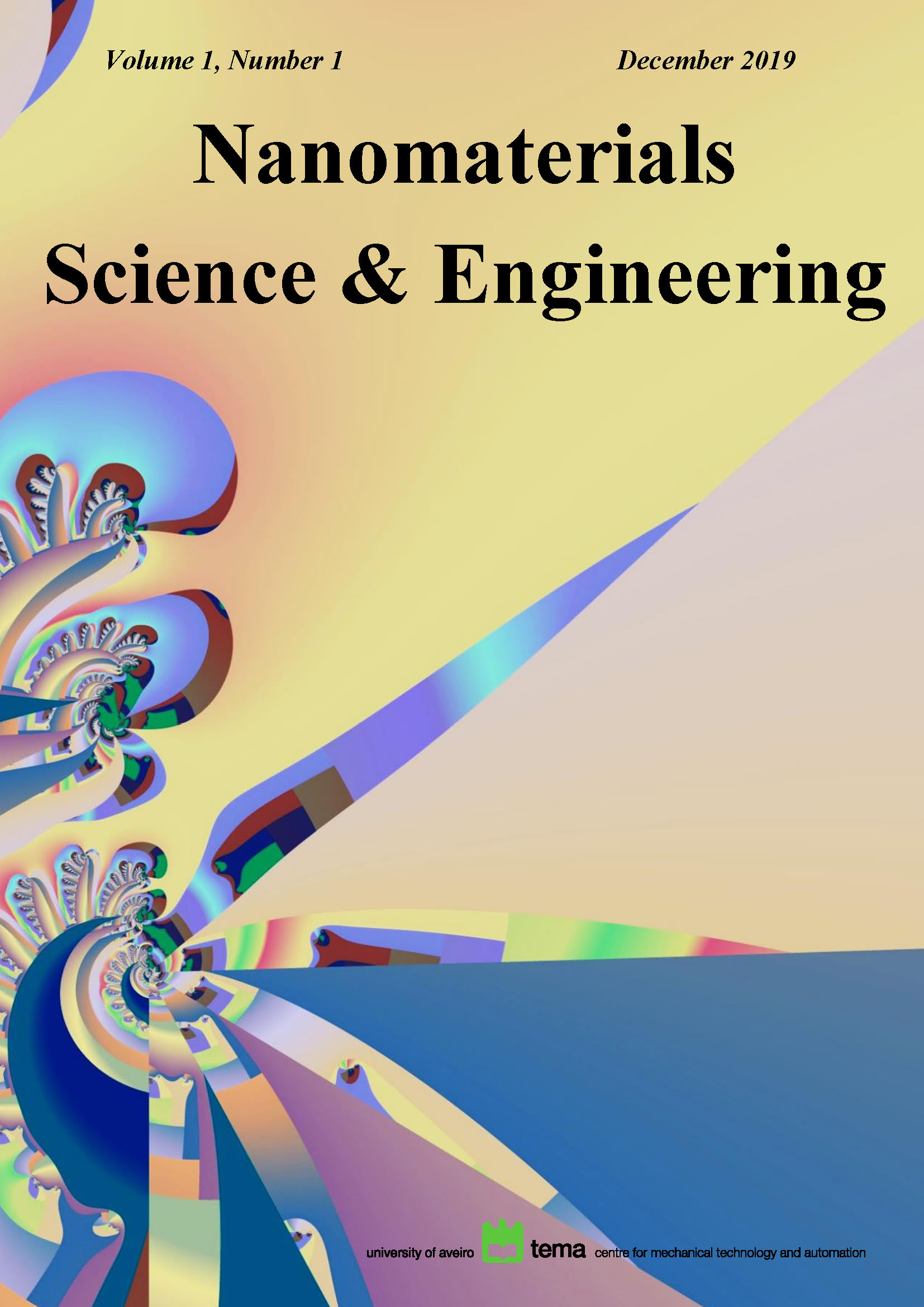Crystal growth modes and crystallization kinetics of amorphous films according to transmission electron microscopy “in situ”
Abstract
The generality of the processes of crystal growth from the vapor phase on substrate and from the amorphous state in films is that in both cases a disorder-order transition takes place. This predetermines the structural and morphological analogy between the main forms of crystal growth on substrates and the main types of crystallization of amorphous films. Based on the analysis of the structure and morphology of crystals growing in amorphous films at electron beam influence, a quantitative interpretation of layer polymorphous crystallization (analog of Frank-van der Merwe growth mode), island polymorphous crystallization (analog of Volmer–Weber growth mode) and dendrite polymorphous crystallization (analog of Stranski–Krastanov growth mode) where given. For each crystallization mode the parameter of dimensionless relative length δ0, equal to the ratio of the characteristic length to the value, characterizing the size of the unit cell of the crystal, were assigned and crystallization curves were built.
Copyright (c) 2019 Nanomaterials Science & Engineering

This work is licensed under a Creative Commons Attribution-NonCommercial 4.0 International License.
Copyright Information
Authors who publish in the Nanomaterials Science & Engineering agree to the following terms:
- Authors retain copyright and grant the journal right of first publication with the work simultaneously licensed under a Creative Commons Attribution License that allows others to share the work with an acknowledgement of the work's authorship and initial publication in this journal.
- Authors are able to enter into separate, additional contractual arrangements for the non-exclusive distribution of the journal's published version of the work (e.g., post it to an institutional repository or publish it in a book), with an acknowledgement of its initial publication in this journal.
- Authors are permitted and encouraged to post their work online (e.g., in institutional repositories or on their website) after publication, as it can lead to productive exchanges, as well as earlier and greater citation of published work.
Copyrights to illustrations published in the journal remain with their current copyright holders.
It is the author's responsibility to obtain permission to quote from copyright sources.
Any fees required to obtain illustrations or to secure copyright permissions are the responsibility of authors.





